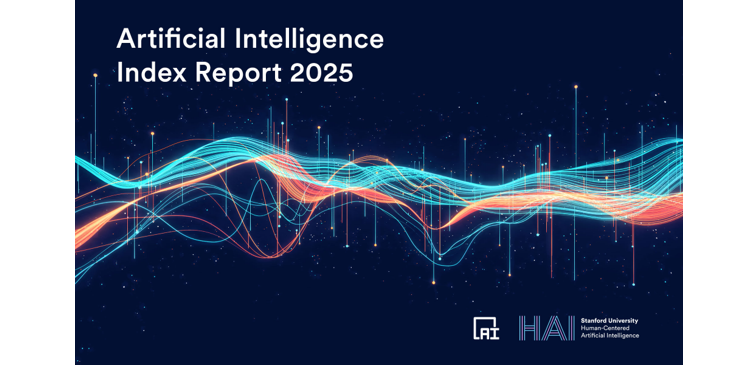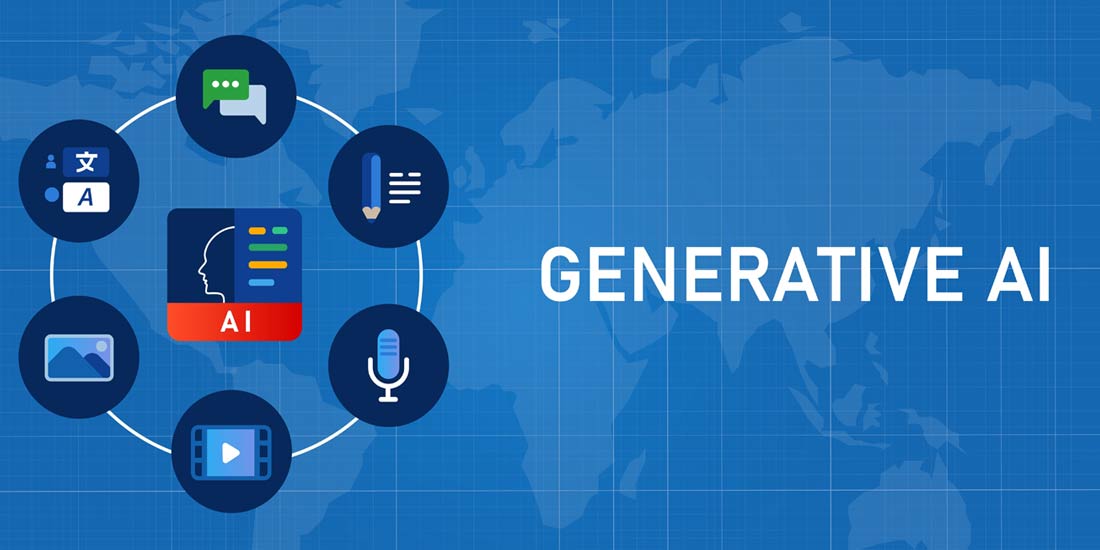Introduction to Tiny Recursive Model (TRM)
A new paper from a Samsung AI researcher explains how a small network can beat massive Large Language Models (LLMs) in complex reasoning. In the race for AI supremacy, the industry mantra has often been “bigger is better.” Tech giants have poured billions into creating ever-larger models, but according to Alexia Jolicoeur-Martineau of Samsung SAIL Montréal, a radically different and more efficient path forward is possible with the Tiny Recursive Model (TRM).
Overcoming the Limits of Scale
Using a model with just 7 million parameters, less than 0.01% of the size of leading LLMs, TRM achieves new state-of-the-art results on notoriously difficult benchmarks like the ARC-AGI intelligence test. Samsung’s work challenges the prevailing assumption that sheer scale is the only way to advance the capabilities of AI models, offering a more sustainable and parameter-efficient alternative. While LLMs have shown incredible prowess in generating human-like text, their ability to perform complex, multi-step reasoning can be brittle. Because they generate answers token-by-token, a single mistake early in the process can derail the entire solution, leading to an invalid final answer.
Techniques to Mitigate Brittleness
Techniques like Chain-of-Thought, where a model “thinks out loud” to break down a problem, have been developed to mitigate this. However, these methods are computationally expensive, often require vast amounts of high-quality reasoning data that may not be available, and can still produce flawed logic. Even with these augmentations, LLMs struggle with certain puzzles where perfect logical execution is necessary.
How TRM Works
Samsung’s work builds upon a recent AI model known as the Hierarchical Reasoning Model (HRM). HRM introduced a novel method using two small neural networks that recursively work on a problem at different frequencies to refine an answer. It showed great promise but was complicated, relying on uncertain biological arguments and complex fixed-point theorems that were not guaranteed to apply. Instead of HRM’s two networks, TRM uses a single, tiny network that recursively improves both its internal “reasoning” and its proposed “answer”. The model is given the question, an initial guess at the answer, and a latent reasoning feature. It first cycles through several steps to refine its latent reasoning based on all three inputs. Then, using this improved reasoning, it updates its prediction for the final answer.
Key Findings
Counterintuitively, the research discovered that a tiny network with only two layers achieved far better generalisation than a four-layer version. This reduction in size appears to prevent the model from overfitting; a common problem when training on smaller, specialised datasets. TRM also dispenses with the complex mathematical justifications used by its predecessor. The original HRM model required the assumption that its functions converged to a fixed point to justify its training method. TRM bypasses this entirely by simply back-propagating through its full recursion process. This change alone provided a massive boost in performance, improving accuracy on the Sudoku-Extreme benchmark from 56.5% to 87.4% in an ablation study.
TRM Smashes AI Benchmarks with Fewer Resources
The results speak for themselves. On the Sudoku-Extreme dataset, which uses only 1,000 training examples, TRM achieves an 87.4% test accuracy, a huge leap from HRM’s 55%. On Maze-Hard, a task involving finding long paths through 30×30 mazes, TRM scores 85.3% compared to HRM’s 74.5%. Most notably, TRM makes huge strides on the Abstraction and Reasoning Corpus (ARC-AGI), a benchmark designed to measure true fluid intelligence in AI. With just 7M parameters, TRM achieves 44.6% accuracy on ARC-AGI-1 and 7.8% on ARC-AGI-2. This outperforms HRM, which used a 27M parameter model, and even surpasses many of the world’s largest LLMs.
Conclusion
This research from Samsung presents a compelling argument against the current trajectory of ever-expanding AI models. It shows that by designing architectures that can iteratively reason and self-correct, it is possible to solve extremely difficult problems with a tiny fraction of the computational resources. The Tiny Recursive Model (TRM) offers a more sustainable and parameter-efficient alternative to large language models, achieving state-of-the-art results on difficult benchmarks with fewer parameters.
FAQs
Q: What is the Tiny Recursive Model (TRM)?
A: The Tiny Recursive Model (TRM) is a small neural network that recursively improves both its internal “reasoning” and its proposed “answer” to solve complex problems.
Q: How does TRM compare to large language models (LLMs)?
A: TRM achieves state-of-the-art results on difficult benchmarks with fewer parameters, outperforming many large language models.
Q: What are the benefits of using TRM?
A: TRM offers a more sustainable and parameter-efficient alternative to large language models, requiring fewer computational resources to solve complex problems.
Q: What kind of problems can TRM solve?
A: TRM can solve complex, multi-step reasoning problems, including those that require perfect logical execution.
Q: How does TRM differ from the Hierarchical Reasoning Model (HRM)?
A: TRM uses a single, tiny network, whereas HRM uses two small neural networks. TRM also dispenses with complex mathematical justifications and achieves better generalisation with fewer layers.










